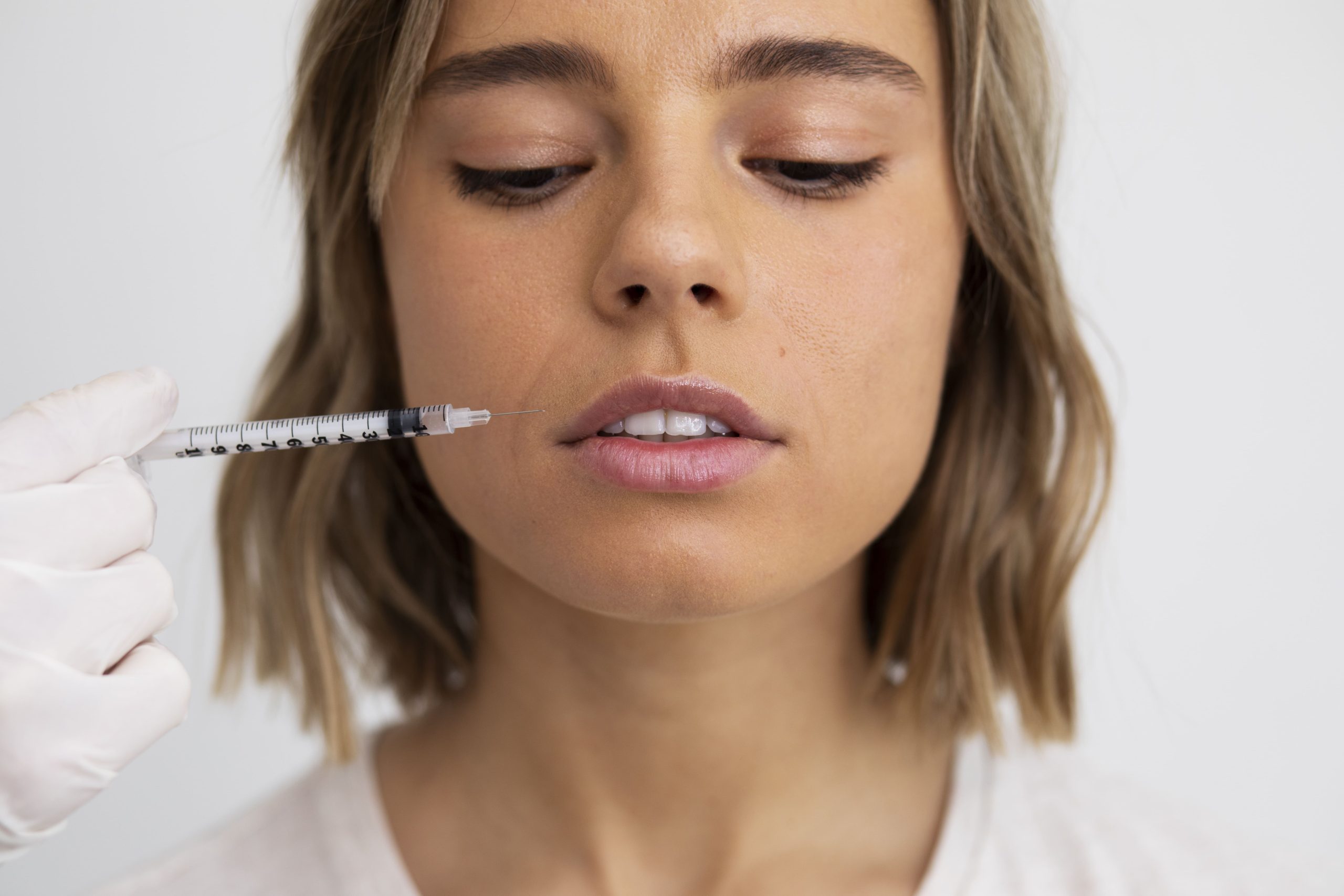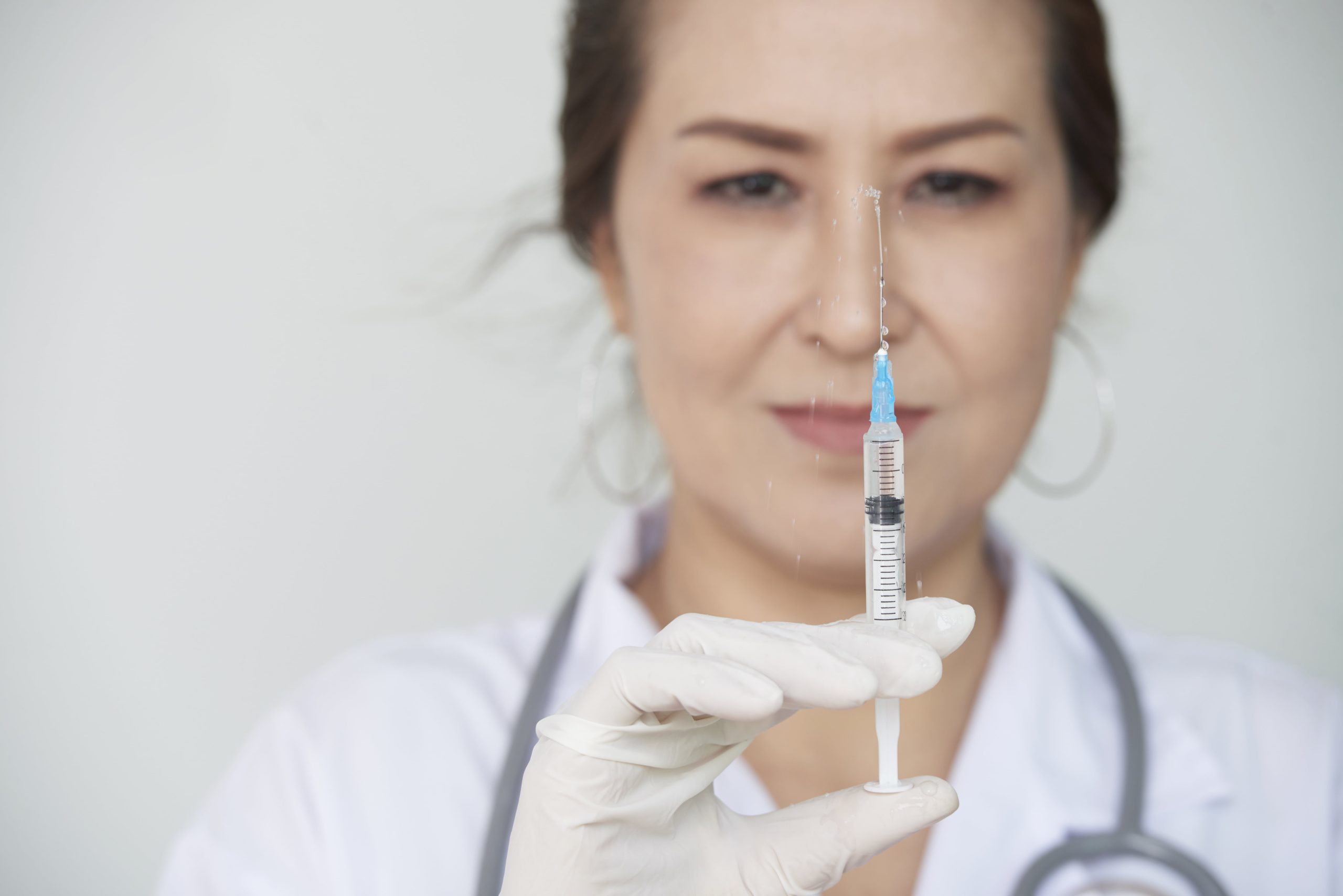How Long Do Orthovisc Injections Last? Evidence-Based Insights

ORTHOVISC® is a high molecular weight hyaluronic acid (HA) injection used in the treatment of knee osteoarthritis (OA). It is designed to supplement the natural synovial fluid in the joint, providing pain relief and improving joint function in patients who have not responded adequately to conservative treatments. Understanding the duration of symptom relief that comes after ORTHOVISC® injections, and the factors that can influence it, is important for both medical professionals and patients who are considering or undergoing viscosupplementation.
How Orthovisc Works
ORTHOVISC® is composed of ultra-pure, non-animal stabilised hyaluronic acid (NASHA), which is derived through bacterial fermentation. Hyaluronic acid is a substance that is found naturally in synovial fluid, which provides lubrication and shock absorption in joints. In cases of osteoarthritis, the quality and quantity of hyaluronic acid in the body are diminished, leading to increased joint friction, cartilage degradation, and pain.
Proper administration of ORTHOVISC® requires a series of three weekly intra-articular injections, and the process replenishes synovial fluid viscosity. This restoration of viscoelastic properties reduces mechanical stress on cartilage surfaces, decreases inflammation, and improves mobility. The product’s high molecular weight provides prolonged residence time in the joint space, which contributes to sustained symptomatic relief.
When Do Results Start to Show?
According to clinical data and real patient reports, pain relief provided by ORTHOVISC® typically begins after the second or third injection in the 3-dose course. While some patients may report improvement within the first week of treatment, especially those with less advanced osteoarthritis, the full therapeutic effect is generally seen within two to four weeks after the final injection.
Additionally, there are indications that optimal improvement often continues to develop over several weeks post-treatment, supporting the idea that viscosupplementation offers delayed but cumulative benefits. This gradual onset also allows time for complementary treatments such as physical therapy to complement the mechanical effects of hyaluronic acid.
Typical Duration of Relief
Most studies suggest that ORTHOVISC® provides symptom relief lasting up to six months after the initial treatment course.
However, the duration can vary depending on different factors:
- Some patients experience prolonged relief lasting 9 to 12 months, especially if osteoarthritis is in earlier stages and joint biomechanics are healthy.
- Others may find the benefits diminish within 3 to 4 months, especially in cases of advanced cartilage degradation or improper post-treatment care.
A registry-based review of hyaluronic acid products noted that high molecular weight HA formulations, such as ORTHOVISC,® tend to exhibit longer-lasting efficacy compared to lower molecular weight alternatives. These findings reinforce its value as a mid- to long-term pain management option in knee osteoarthritis.
Factors That Affect Duration
The effectiveness of ORTHOVISC® injections and the duration of the treatment results can be affected by the following types of factors:
Patient-related factors:
- Age: Younger patients typically have more responsive joints and better cartilage integrity, which makes them more likely to experience a prolonged relief.
- Activity level: High-impact activities can accelerate joint wear and reduce the effectiveness of hyaluronic acid.
- Weight/BMI: Excess weight increases mechanical stress on the knees, shortening the duration of symptom-free intervals.
Joint-related factors:
- OA severity: Patients with mild to moderate OA often respond better than those with severe bone degeneration.
- Cartilage status: Less joint space narrowing and preserved cartilage help patients achieve longer-lasting outcomes.
- Synovial inflammation: High baseline inflammation can reduce the efficacy of hyaluronic acid.
Treatment-related factors:
- Proper aftercare: Following post-injection guidelines, such as rest, ice application, and gradual return to activity, can also influence the efficacy of ORTHOVISC® injections.
- Use of complementary therapies: Physical therapy, bracing, and joint-friendly exercise can support the effects of viscosupplementation.
How Often Can ORTHOVISC® Be Repeated?
ORTHOVISC® can be safely repeated at six-month intervals or longer, depending on individual response and physician assessment. There is currently no absolute limit on the number of times a patient may receive hyaluronic acid injections, although diminishing returns may occur due to disease progression.
However, patients should never make such decisions on their own. All the decisions regarding how often can you get ORTHOVISC® injections must be made in agreement with medical professionals. The treatment should be planned using clinical judgment, including symptom monitoring, physical examination, and imaging such as MRI or X-ray. If a patient experiences robust relief and then symptom recurrence after several months, repeating the ORTHOVISC® series is a reasonable option.
It is also worth noting that insurance policies and payer guidelines may influence allowable frequency, so clinicians should verify coverage before initiating repeat courses.
Maximising Longevity of Results
In order to enhance and prolong the therapeutic effects of ORTHOVISC®, providers can recommend the following strategies:
- Weight management: Reducing body weight decreases compressive forces across the joint and may extend the relief brought by HA injections.
- Physical therapy: Structured physical therapy can improve joint mechanics, increase strength, and reduce loading forces.
- Low-impact exercise: Light activities such as swimming, cycling, and yoga support joint health without excessive stress.
- Bracing and orthotics: Offloading braces or shoe inserts can help realign joint loading and reduce additional wear.
- Patient education: Explaining the timeline, expected benefits, and lifestyle adjustments improves the outcomes and extends the results.
Combining viscosupplementation with comprehensive care strategies often yields better long-term control of knee OA symptoms and may delay the need for surgical interventions such as total knee replacement.
Potential Side Effects
ORTHOVISC® is generally well tolerated, but like any medical treatment, it may cause side effects in some patients.
The most commonly reported ORTHOVISC side effects include mild pain, swelling, stiffness, or warmth at the injection site, which typically resolve on their own within a few days. Some patients may also experience temporary bruising or redness around the knee.
Serious side effects, such as joint infections or allergic reactions, are rare when the injection is administered using proper sterile technique. Patients should be advised to monitor for any unusual or prolonged symptoms and report them to their healthcare provider promptly.
Conclusion
ORTHOVISC® injections offer significant, evidence-supported relief for knee osteoarthritis symptoms, with effects typically lasting up to six months following a standard three-dose regimen. The duration is affected by factors such as age, OA severity, activity level, and post-treatment adherence. Even though it does not cure osteoarthritis, ORTHOVISC® is a valuable non-surgical option for symptom management and functional improvement. Medical professionals can order ORTHOVISC wholesale from Best Buy Fillers and help their patients maintain mobility and quality of life without surgical intervention.
References:
Yoshioka K, Katayama M, Nishiyama T, Harada K, Takeshita S, Kawamata Y. Biocompatibility study of different hyaluronan products for intra-articular treatment of knee osteoarthritis. BMC Musculoskeletal Disorders. 2019;20(1).
Pereira TV, Jüni P, Saadat P, et al. Viscosupplementation for knee osteoarthritis: systematic review and meta-analysis. BMJ. Published online July 6, 2022:e069722.
Richardson C, Plaas A, Block JA. Intra-articular Hyaluronan Therapy for Symptomatic Knee Osteoarthritis. Rheumatic Disease Clinics of North America. 2019;45(3):439-451.
Continue reading

Radiesse or Juvederm? Which One Should You Use for Facial Contouring?
Facial contouring is more than just adding volume – it’s about sculpting definition, correcting asymmetries, and enhancing structure. Achieving those goals requires the right product, precise technique, and a deep understanding of dermal filler properties. Among the most commonly used injectables in aesthetic medicine, Radiesse and Juvederm stand out as…
Read More
Radiesse vs Sculptra: Which Collagen-Stimulating Filler Is Better?
As the popularity of natural beauty trends, like the no-makeup makeup look, continues to rise, the demand for subtle, long-lasting enhancements has reshaped the filler industry as well. More patients are turning to treatments that enhance their features while correcting concerns like uneven texture or volume loss, all without compromising…
Read More
Non-Surgical Jaw Definition: Radiesse Jaw Before and After Transformation
In the age of defined features and sculpted profiles, jawline contouring has become one of the most in-demand aesthetic procedures among both male and female patients. But not everyone is ready for surgery or permanent changes. That’s where non-surgical options like Radiesse jawline enhancement come in, offering a high-impact transformation…
Read More